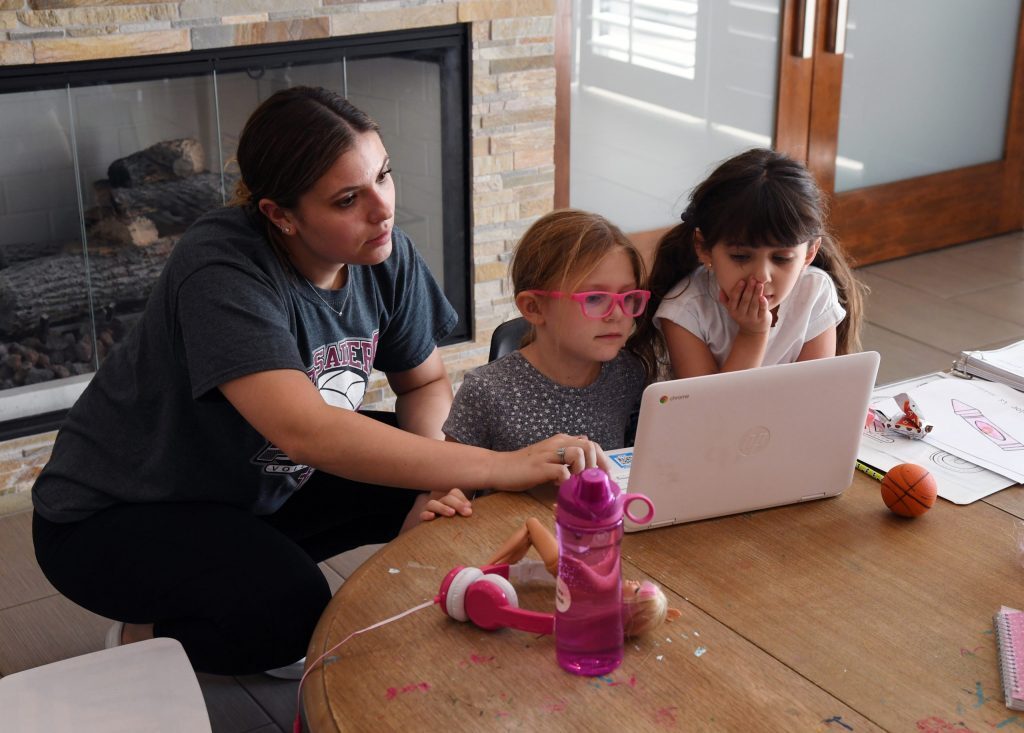Young kids believe that YouTube videos are better for learning than TV shows or videos created on a researcher’s smartphone. They also view people in YouTube videos to be more real than those on TV but less real than those featured in a researcher-created smartphone video. These are the major findings from a pre-COVID-19 study conducted in U.S. children’s museums in 2019.
We asked children aged 3-8 to look at images that we told them came from YouTube, television or a researcher’s smartphone. Then, we asked them to tell us if they believed that the person in the video was real or not, as well as which videos they would prefer to watch and which they thought would be best to learn from.
Across the range of ages in the study, children thought people in videos recorded on a smartphone were most likely to be real, followed by YouTube. They considered people on TV as the least likely to be real. This suggests that kids recognize that YouTube is distinct from other media formats, perhaps because it hosts both clips featuring real people and videos with fictional characters. It appears that children have picked up on this and make judgments about YouTube accordingly.
We also found that kids preferred to watch YouTube just as much as TV and more than a video on a researcher’s smartphone.
And finally, regardless of their age, children were more likely to view YouTube content as educational than either TV or smartphone-recorded videos. We believe this might help them learn more from educational content on the platform, because they are already primed to find learning value in the videos.
Why it matters
The COVID-19 pandemic has significantly increased the amount of time many children spend using digital media. One of the most popular screen activities for kids is watching YouTube videos for both entertainment and education. Our research provides some of the first insights into how children understand what they see on YouTube and their perceptions of its educational value.
As a result of the COVID-19 pandemic, nearly all schools moved to online instruction in March with only a few days’ notice, and many schools have continued to educate only virtually this fall. Others have had to quickly pivot to virtual learning due to rising numbers of COVID-19 cases after opening up in person at first. Teleconferencing and YouTube videos of lessons supplanted classroom instruction and completely changed the educational landscape. Understanding YouTube’s potential to encourage learning will help teachers and caregivers make informed decisions regarding how to go about remote education.
Our findings also have implications for how schools should teach young kids about media literacy. Given that YouTube’s popularity among children has grown exponentially, it’s important that children learn to think critically and question the messages and content that they experience through YouTube and other streaming video platforms.
What still isn’t known
Although our research suggests that children believe that YouTube is better for learning than TV or smartphone videos, we still don’t know if children actually do learn more when they watch YouTube. We will try to find out in the future. However, it’s possible that by simply believing that YouTube has greater educational value, kids may be more engaged and thus learn more from watching YouTube videos than when they encounter educational videos elsewhere.
- is Assistant Professor of Psychology, Pace University
- is Senior Research Associate in Early Childhood, The Ohio State University
- This article first appeared on The Conversation




